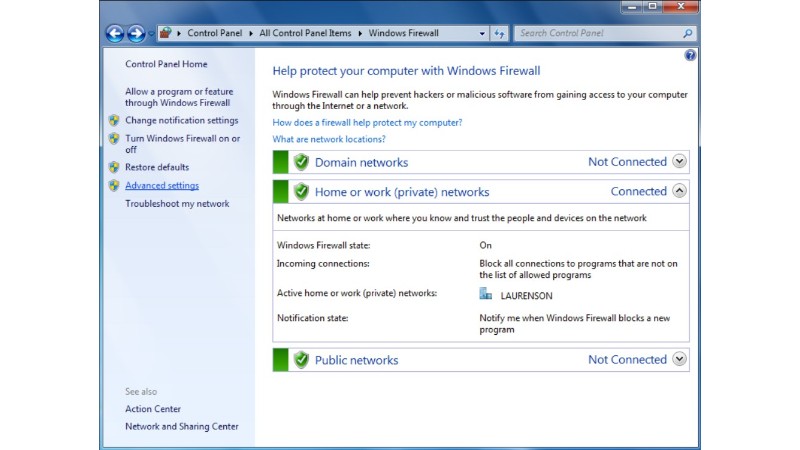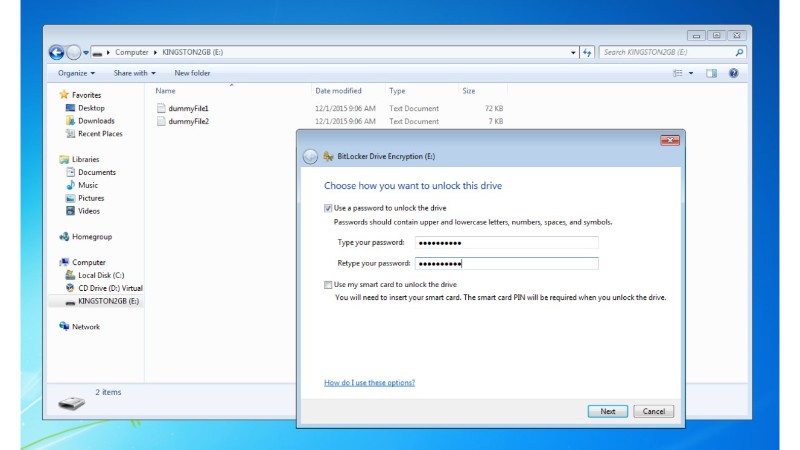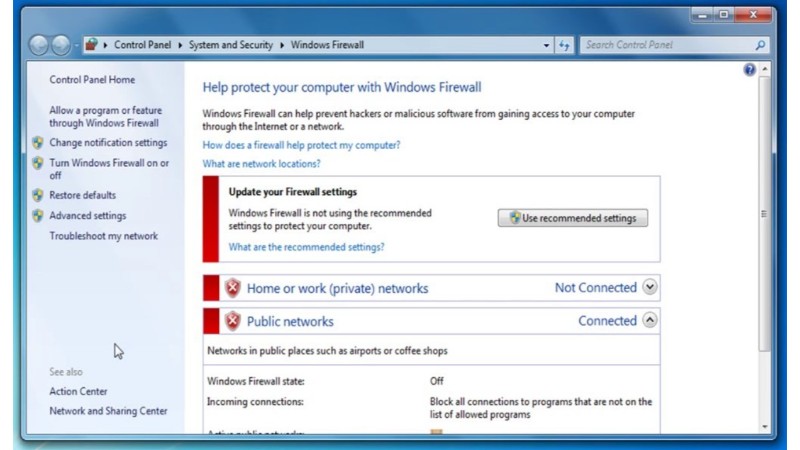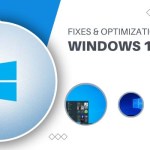Overview and Features of Windows Defender in Windows 7

Windows 7, developed and released by Microsoft in 2009, serves as the successor to the Windows Vista series. Tailored primarily for home/office users, Windows 7 builds upon Vista’s features and design while introducing several enhancements.
Security in Windows:
Historically susceptible to security flaws, Windows-based operating systems, including Windows 7, have been popular targets for cyber threats. In response, Windows 7 incorporated a Secure Development Life Cycle (SDLC) to ensure a robust code review and enhance overall security.

Windows Defender in Windows 7
Major Security Improvements:
1. Data Execution Prevention (DEP):
DEP, a security technique, prevents code execution from non-executable memory sections, thwarting attacks like buffer overflows. While opt-in, DEP supports both hardware and software-enforced implementations, adding a layer of defense against memory-based attacks.
2. Address Space Layout Randomization (ASLR):
ASLR increases security against memory-based attacks by randomizing program sections like stack, heap, and libraries. Coupled with DEP, ASLR in Windows 7 provides robust protection, and its support extends to applications and libraries compiled with the ASLR flag.
3. Structured Exception Handler Overwrite Protection (SEHOP):
SEHOP prevents malicious exploitation of Structured Exception Handler overwrites, a common attack vector. By dynamic checks, SEHOP ensures a thread’s exception handler list integrity, offering protection against SEH overwrite exploits. Enabled by default, it can be disabled if necessary through registry modifications.
4. User Account Control (UAC):
UAC restricts administrative privileges, requiring user authentication for administrative actions. Triggered by various actions, UAC introduces a Secure Desktop, dimming the entire desktop during prompts to prevent spoofing attacks. While enabled by default, disabling UAC is discouraged for enhanced security.
5. DNS System Security Enhancements (DNSSEC):
DNSSEC secures DNS information using cryptographic extensions, addressing the vulnerabilities in the original DNS system. Introduced in Windows 7, DNSSEC employs public key cryptography to authenticate DNS records, creating a chain of trust for verified keys.
6. Bitlocker:
Bitlocker, included in Windows 7 Enterprise and Ultimate editions, provides full disk encryption. Requiring logical volume encryption, it uses 256-bit AES encryption in CBC mode. Bitlocker complements the Encrypting File System (EFS), which offers file-level encryption during system runtime.

Bitlocker Windows 7
7. Improved Cryptography:
Windows 7 enhances its cryptographic subsystem with new algorithms, including Blowfish, AES, and Triple DES. Support for Elliptic curve cryptography is introduced, and updates to the Kerberos protocol use AES encryption over DES.
8. Windows Firewall/Defender:
Windows 7 features an improved Windows Defender, serving as anti-spyware and anti-adware software. The Windows Firewall, overhauled in Windows 7, supports IPsec and utilizes the Windows Filtering Platform (WFP) for advanced packet filtering integrated into the TCP/IP stack.

Defender windows 7
9. Improved Authentication Mechanisms:
Windows 7 introduces better authentication support, including biometric access and smart cards. Two-factor authentication combines passwords and smart cards, while the Credential provider library replaces GINA for improved single sign-on capabilities. Winlogon supports NTLM2 by default, enhancing password hash security.
Conclusion:
Windows 7, with its comprehensive security measures, represents a significant step forward in mitigating cyber threats and ensuring a more resilient and secure computing environment.


